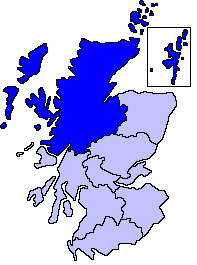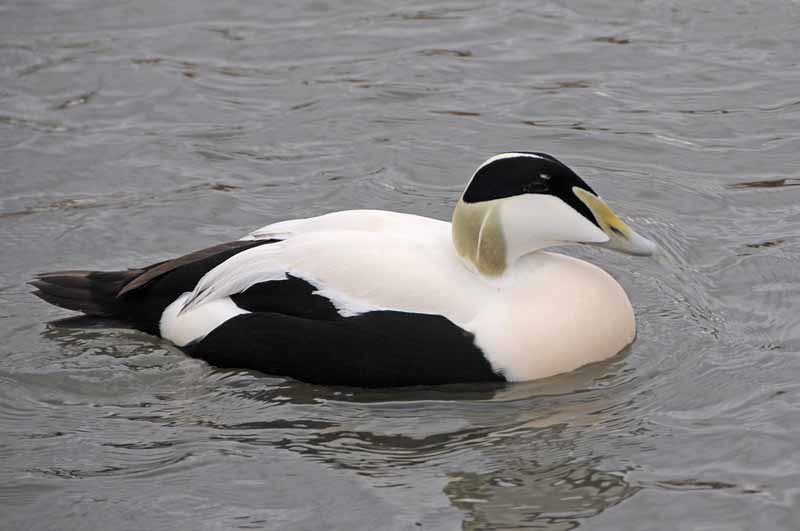|
Loch Beag, Inverness-shire
Loch Beag is a cove on the west coast of Northern Scotland, in the vicinity of the Sound of Arisaig. The eastern end of the Sound of Arisaig divides into Loch nan Uamh in the north and Loch Ailort in the south separated by a headland. Loch Beag is an inlet at the eastern end of Loch nan Uamh. It is long and wide, with a maximum depth of . The area is extremely thinly populated, but the loch is used for a mussel fishery. Many eider ducks also live around this cove. Etymology ''Beag'' is Scottish Gaelic Scottish Gaelic ( gd, Gàidhlig ), also known as Scots Gaelic and Gaelic, is a Goidelic language (in the Celtic branch of the Indo-European language family) native to the Gaels of Scotland. As a Goidelic language, Scottish Gaelic, as well a ... for "small" and is the name of several small lochs around Scotland. ''Loch'' is cognate with English "lake", but in Scottish Gaelic is also applied to coastal sea inlets. References Coves of the United Kingdom Geography of S ... [...More Info...] [...Related Items...] OR: [Wikipedia] [Google] [Baidu] |
Northern Scotland
Northern Scotland was an administrative division of Scotland used for police and fire services. It consisted of Highland, the Orkney Islands, the Shetland Islands, and the Western Isles. The police service (Northern Constabulary) used ''Northern'' in its name, but the fire service used the name ''Highlands and Islands Fire and Rescue Service''. In 2013, the services were merged into Police Scotland and the Scottish Fire and Rescue Service The Scottish Fire and Rescue Service (SFRS; gd, Seirbheis Smàlaidh agus Teasairginn na h-Alba) is the national fire and rescue service of Scotland. It was formed by the merger of eight regional fire services in the country on 1 April 2013. ..., respectively. External links Highland and Islands Fire and Rescue Service [...More Info...] [...Related Items...] OR: [Wikipedia] [Google] [Baidu] |
Sound Of Arisaig
The Sound of Arisaig Lochaber, Scotland, separates the Arisaig peninsula to the north from the Moidart peninsula to the south. At the eastern, landward end, the sound is divided by Ardnish into two sea lochs. Loch nan Uamh lies to the north of Ardnish, Loch Ailort to the south. There are a number of small islands in the sound, of which Eilean nan Gobhar and Samalaman Island, both near to Glenuig on the south shore, are the largest. The A830 road, called the Road to the Isles, runs along the east end of Loch Ailort, and then crosses Ardnish before turning westwards along the north shore of Loch nan Uamh and the sound proper. The West Highland Line follows the same route. The A861 road follows the south shore of Loch Ailort and the sound proper as far west as Glenuig. The Prince's Cairn, marking the spot where Bonnie Prince Charlie finally left Scotland after the unsuccessful Jacobite rising of 1745, on 20 September 1746, overlooks Loch nan Uamh. The sound is a marine Special A ... [...More Info...] [...Related Items...] OR: [Wikipedia] [Google] [Baidu] |
Loch Ailort
Loch Ailort ( ; Scottish Gaelic: Loch Ailleart) is a sea loch in Morar, Lochaber, Highland, Scotland. Loch Ailort is a shallow V shaped loch, with the small Ardnish Peninsula on the north side, and the large southwest facing Moidart Peninsula to the south. Ailort, Loch Loch Ailort is bounded in the northeast by the settlement of the same name, Lochailort and in the west, opening out into the . To the north of the loch lies . Geography The nort ...[...More Info...] [...Related Items...] OR: [Wikipedia] [Google] [Baidu] |
Mussel
Mussel () is the common name used for members of several families of bivalve molluscs, from saltwater and freshwater habitats. These groups have in common a shell whose outline is elongated and asymmetrical compared with other edible clams, which are often more or less rounded or oval. The word "mussel" is frequently used to mean the bivalves of the marine family Mytilidae, most of which live on exposed shores in the intertidal zone, attached by means of their strong byssal threads ("beard") to a firm substrate. A few species (in the genus '' Bathymodiolus'') have colonised hydrothermal vents associated with deep ocean ridges. In most marine mussels the shell is longer than it is wide, being wedge-shaped or asymmetrical. The external colour of the shell is often dark blue, blackish, or brown, while the interior is silvery and somewhat nacreous. The common name "mussel" is also used for many freshwater bivalves, including the freshwater pearl mussels. Freshwater mussel spec ... [...More Info...] [...Related Items...] OR: [Wikipedia] [Google] [Baidu] |
Eider Duck
Eiders () are large seaducks in the genus ''Somateria''. The three extant species all breed in the cooler latitudes of the Northern Hemisphere. The down feathers of eider ducks, and some other ducks and geese, are used to fill pillows and quilts—they have given the name to the type of quilt known as an eiderdown. Taxonomy The genus ''Somateria '' was introduced in 1819 to accommodate the king eider by the English zoologist William Leach in an appendix to John Ross's account of his voyage to look for the Northwest Passage. The name is derived from Ancient Greek : ''sōma'' "body" (stem ''somat-'') and : ''erion'' "wool", referring to eiderdown. Steller's eider (''Polysticta stelleri'') is in a different genus despite its name. Species The genus contains three species. Two undescribed species are known from fossils, one from Middle Oligocene The Oligocene ( ) is a geologic epoch of the Paleogene Period and extends from about 33.9 million to 23 million years ... [...More Info...] [...Related Items...] OR: [Wikipedia] [Google] [Baidu] |
Cove
A cove is a small type of bay or coastal inlet. Coves usually have narrow, restricted entrances, are often circular or oval, and are often situated within a larger bay. Small, narrow, sheltered bays, inlets, creeks, or recesses in a coast are often considered coves. Colloquially, the term can be used to describe a sheltered bay. Geomorphology describes coves as precipitously-walled and rounded cirque-like openings as in a valley extending into or down a mountainside, or in a hollow or nook of a cliff or steep mountainside. A cove can also refer to a corner, nook, or cranny, either in a river, road, or wall, especially where the wall meets the floor. A notable example is Lulworth Cove on the Jurassic Coast in Dorset Dorset ( ; archaically: Dorsetshire , ) is a county in South West England on the English Channel coast. The ceremonial county comprises the unitary authority areas of Bournemouth, Christchurch and Poole and Dorset. Covering an area of ..., England. To ... [...More Info...] [...Related Items...] OR: [Wikipedia] [Google] [Baidu] |
Scottish Gaelic
Scottish Gaelic ( gd, Gàidhlig ), also known as Scots Gaelic and Gaelic, is a Goidelic language (in the Celtic branch of the Indo-European language family) native to the Gaels of Scotland. As a Goidelic language, Scottish Gaelic, as well as both Irish and Manx, developed out of Old Irish. It became a distinct spoken language sometime in the 13th century in the Middle Irish period, although a common literary language was shared by the Gaels of both Ireland and Scotland until well into the 17th century. Most of modern Scotland was once Gaelic-speaking, as evidenced especially by Gaelic-language place names. In the 2011 census of Scotland, 57,375 people (1.1% of the Scottish population aged over 3 years old) reported being able to speak Gaelic, 1,275 fewer than in 2001. The highest percentages of Gaelic speakers were in the Outer Hebrides. Nevertheless, there is a language revival, and the number of speakers of the language under age 20 did not decrease between the 2001 ... [...More Info...] [...Related Items...] OR: [Wikipedia] [Google] [Baidu] |
Coves Of The United Kingdom
A cove is a small type of bay or coastal inlet. Coves usually have narrow, restricted entrances, are often circular or oval, and are often situated within a larger bay. Small, narrow, sheltered bays, inlets, creeks, or recesses in a coast are often considered coves. Colloquially, the term can be used to describe a sheltered bay. Geomorphology describes coves as precipitously-walled and rounded cirque-like openings as in a valley extending into or down a mountainside, or in a hollow or nook of a cliff or steep mountainside. A cove can also refer to a corner, nook, or cranny, either in a river, road, or wall, especially where the wall meets the floor. A notable example is Lulworth Cove on the Jurassic Coast in Dorset, England. To its west, a second cove, Stair Hole, is forming. Formation Coves are formed by differential erosion Weathering is the deterioration of rocks, soils and minerals as well as wood and artificial materials through contact with water, atmospheric gases ... [...More Info...] [...Related Items...] OR: [Wikipedia] [Google] [Baidu] |
.jpg)




